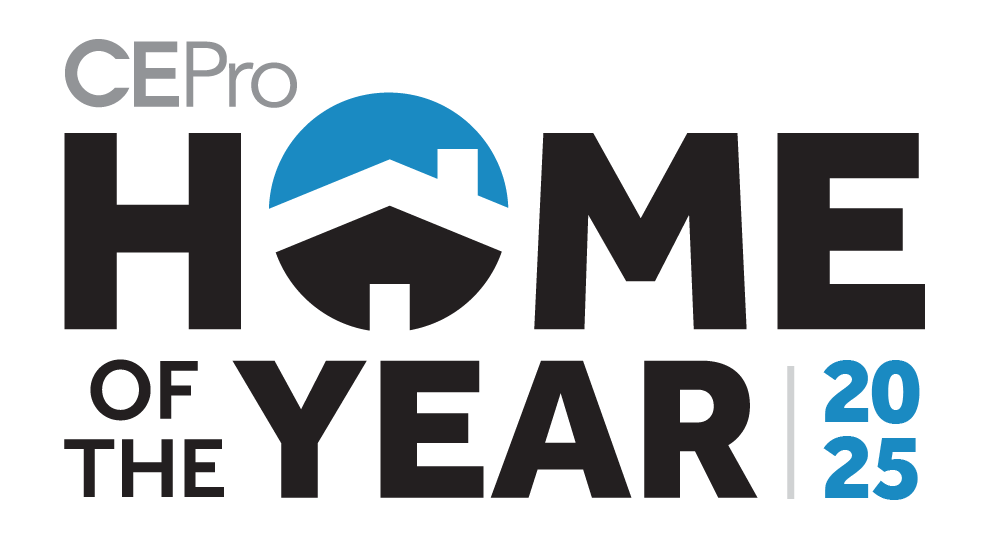Smart TVs are now firmly embedded in U.S. households, with the average home owning two. But more devices haven’t necessarily led to a more streamlined experience. According to Hub Entertainment Research’s 2025 Evolution of the TV Set study, consumers are increasingly using their TVs for more than just watching shows, yet still face frustrations with fragmentation across platforms and interfaces.
Established Brands Hold Lead, But Newcomers Are Rising
Samsung remains the most-used TV brand in the U.S., accounting for 3% of all primary sets. LG follows at 16%, while Vizio and Sony each come in at 9%. However, newer players are making significant inroads.
Roku-branded TVs doubled their share of most-used sets over the past year, climbing from 4% in 2024 to 8% in 2025. Amazon’s Fire TV saw similar growth, jumping from 1% to 5%.
While most consumers express satisfaction with their TV sets overall, they are notably less satisfied with the operating systems that power them, suggesting that the interface, not the hardware, may be what’s holding back a better experience.
TVs Are Becoming Ambient Devices
The idea of a television being “on” without being actively watched is also gaining traction. 6% of users say their most-used TV is on all the time, even when no one is sitting in front of it, and another 29% report that it’s sometimes on in the background.
This kind of passive or ambient use is creating new opportunities for TVs to serve functions beyond entertainment—like playing music, displaying information, or acting as a visual hub for the connected home.
App Interfaces Now Set Tone
When viewers power on their TVs, nearly half (46%) are first greeted by the smart TV’s home screen filled with apps. Another 24% see the home screen of an external streaming device such as Roku or Apple TV.
By contrast, only 16% say the first thing they see is a live program or program guide from a cable or satellite provider, and just 8% start with an over-the-air broadcast. This app-first experience is increasingly shaping how people decide what to watch.
Smart TVs Are Doing Much More Than Streaming
Smart TVs are also being used in a variety of ways that go well beyond traditional video consumption. 47% of users now stream music or audio through their TVs. 40% mirror or cast content from a phone or computer. Nearly a quarter use their TVs to check the news, weather, or traffic via apps. Twenty% play games directly on the TV without using a console.
Other uses include displaying digital photo galleries, running visual screen savers, and even managing smart home devices. 10% of respondents said they use their TV to control lights, doorbells, or other connected devices, and 5% said they’ve used the set to make a video or FaceTime call.
AI Is Next Step in Smarter Viewing
Perhaps most telling is the growing appetite for smarter, AI-powered features. Among respondents who already use AI tools, 84% said they are interested in better show recommendations tailored to their preferences. Seventy-eight% would like an AI that remembers their queue.
Tools that help find shows for multiple viewers at once appealed to 72%, and 64% expressed interest in suggestions based on time of day or mood. Even among those who haven’t used AI tools before, many reported being at least somewhat interested in these capabilities.
For home technology professionals and custom integrators, the report paints a clear picture. The television is no longer just a display for content—it’s a multi-functional platform with the potential to anchor smart home ecosystems. As users seek simpler, more personalized ways to interact with their technology, the opportunity lies in making the TV not just smarter, but more intuitive and more connected to everything else around it.







